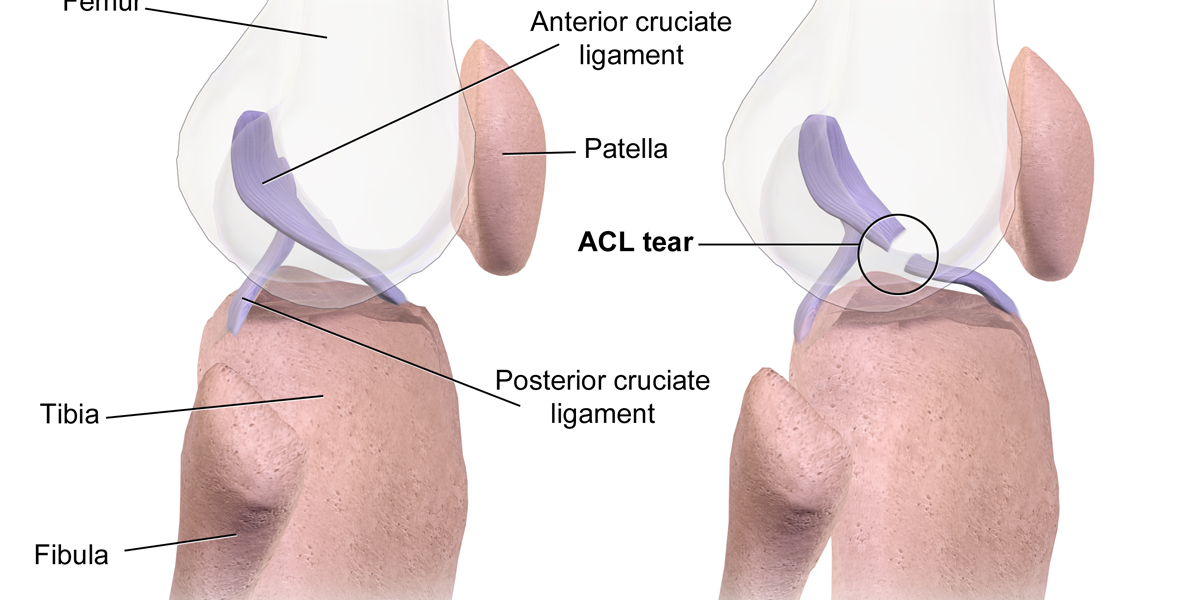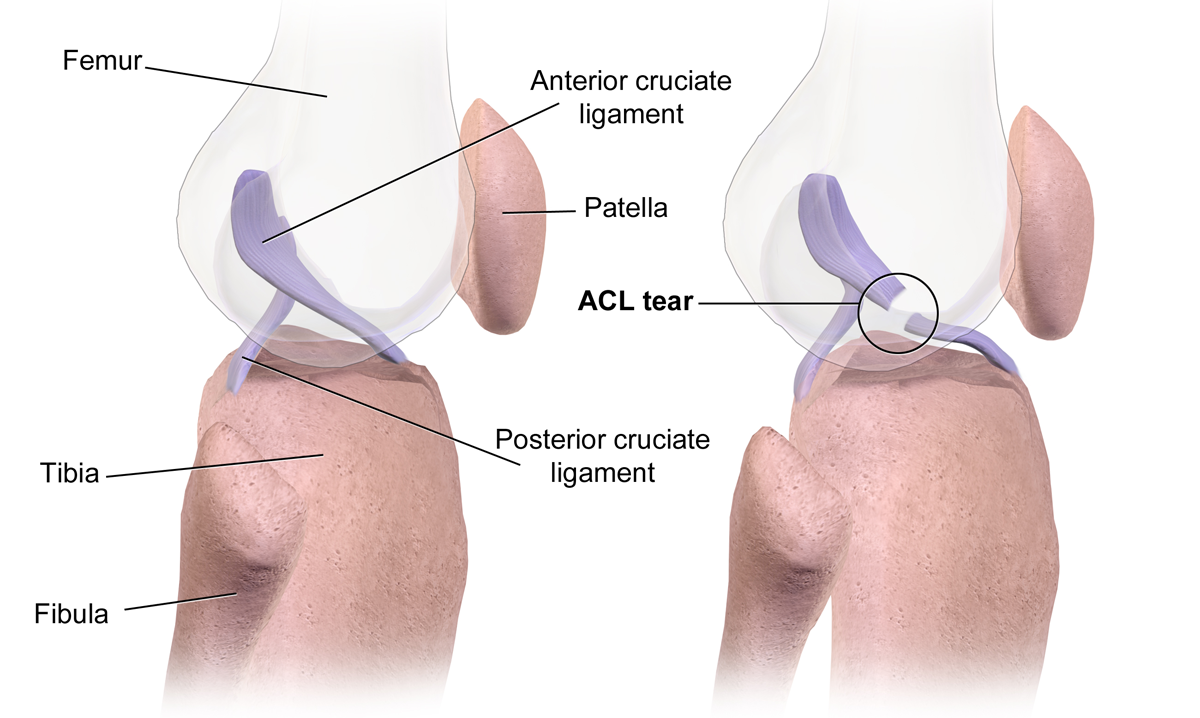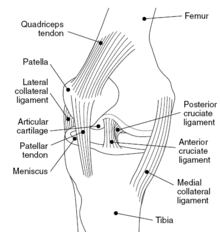200,000 ACL injuries occur each year, and ACL reconstruction is the 6th most performed surgery in the United States, so to come back bigger, faster, and stronger, the right recovery path is critical.
The anterior cruciate ligament (ACL) is a critical part of the knee joint that connects the femur (‘thighbone’) to the tibia (‘shinbone’). Its main functions are to support the knee joint during side-to-side motion, such as cutting, shuffling, or pivoting, and to prevent the tibia from moving too far forward relative to the femur. When an ACL ruptures, it is very common to reconstruct it to bring someone back to performance level.
The basis of ACL reconstruction is using living tissue, also known as grafts, to replace, and function as a substitute, for the torn ACL. There are four types of ACL reconstruction surgeries that use different types of grafts. Those four types of surgeries are classified as autograft reconstruction, allograft reconstruction, xenograft reconstruction, and synthetic reconstruction. Autograft surgeries require one’s own grafts to repair the ACL, allografts require a cadaver’s grafts to repair the ACL, xenografts require an animal’s grafts, and synthetics require manufactured materials. Additional articles on xenograft reconstruction and synthetic reconstruction can be accessed here and here.
Each surgery requires the removal of the damaged ACL, and then the incorporation of a new substitute by tunneling the newly selected graft through the femur and tibia. Within the autograft group, the two popular grafts for reconstruction are patellar tendon and hamstring tendon, with quadricep tendon being another, less popular, choice. The patellar tendon surgery takes the middle third of the patellar tendon, a tendon that connects the kneecap to the tibia, and makes sure to include the bony ends.
The hamstring tendon surgery takes two small slivers of each of the two hamstring tendons, connecting the hamstring muscle to the tibia, coils them up, and then finally bundling them to increase strength.
For the allograft surgeries, a surgeon may select an Achilles, patellar, hamstring, or quadricep tendon from the donor.
It is very important to choose the right surgery. While the determination of which surgery and technique to perform falls heavily on the surgeon’s and patient’s preference, there are advantages and disadvantages of each technique which tend to persuade the choice of surgery. The main concepts surrounding the decision of which surgery to perform are the activeness of the patient, muscle strength, and previous knee injuries. Depending on the job, sport, or activity of the patient and the desired return time, one technique may be a better fit.
For a patient participating in low demand activities, allograft surgery may be the best fit due to less post-surgery pain and quicker surgery time, however it is very expensive and offers less tensile strength compared to autografts. As for autograft surgeries, patellar tendon reconstruction allows faster recovery time due to the bone-to-bone bonding and offers a strong substitute for a torn ACL, however future knee pain is very common. Hamstring tendon reconstruction requires more recovery time; however, the post-surgery pain is significantly less than the patellar tendon reconstruction and the tensile strength of the hamstring tendon is the strongest possible substitute.
Additional reading and comparisons between the popular autografts and allograft techniques can be accessed here and here.
Featured image from from Wikimedia Commons “Anterior Cruciate Ligament”


